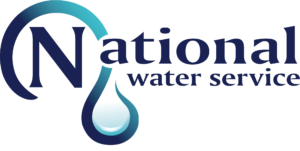3 Ways to Find Out About the Water Quality Near Me
Water is essential to life on this planet. And while it may be abundant around the globe, not all water is safe for human usage and consumption. Poor potable, domestic use, or recreational water quality can lead to illnesses over time.
So, it is crucial to know that the water that reaches your house, office, or business premise is safe to consume and use in other forms. A good way to ensure water safety is to find out about the water quality issues in your facility.
If you’re wondering “how to test if water is safe to drink?”, read on to learn the basics of water quality testing for residential and commercial use.
What is Water Quality?
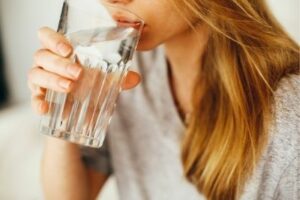
Water that looks perfectly drinkable can sometimes carry harmful substances like lead, mercury, cadmium, and other poisonous chemicals. Water quality issues increase the risk of blood, lung, kidney, liver, and urinary bladder cancer.
So, what is water quality and how do you safely test for it and notice when something changes?
The 3 Parameters For Water Quality
To understand how to test if water is safe to drink, we first need to understand the parameters that decide the quality of water. There are 3 primary parameters for checking if your area has water quality issues.
Physical Parameters
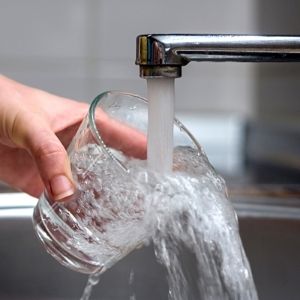
Chemical Parameters
Chemical parameters are determined by the physical environment that comes in direct contact with the water supply in your area.
They measure the pH, hardness, biochemical oxygen demand (BOD), chemical oxygen demand (COD), and the amount of dissolved oxygen in the water.
Chemical parameters also include testing levels of nitrogen, chloride and fluoride, copper and zinc, radioactive substances, and other toxic substances.
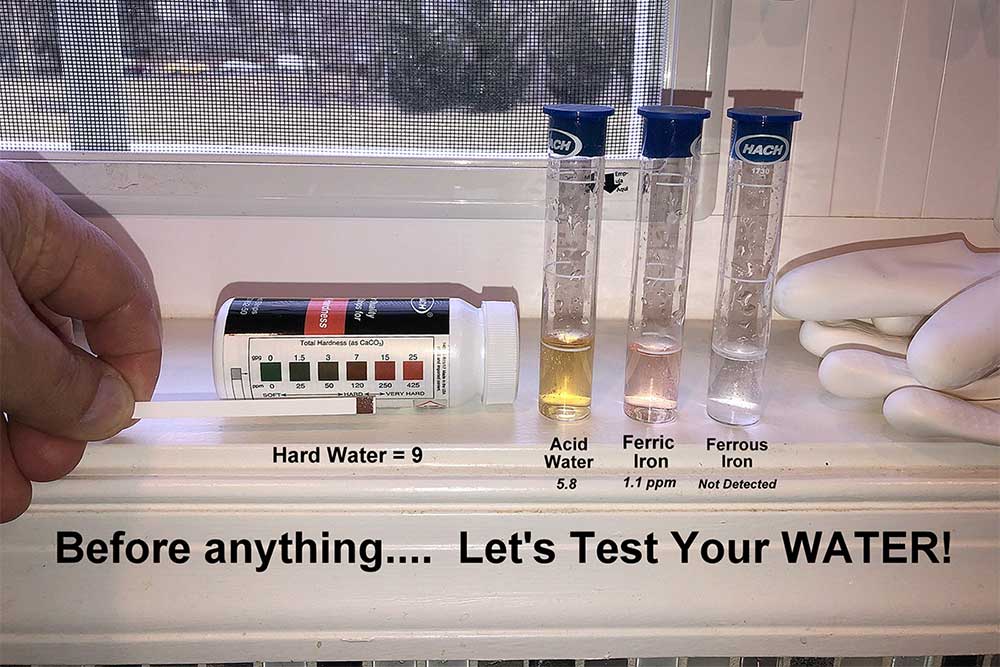
Biological Parameters
Measuring the number of bacteria, viruses, algae, and protozoa in the waterfalls under biological parameters.
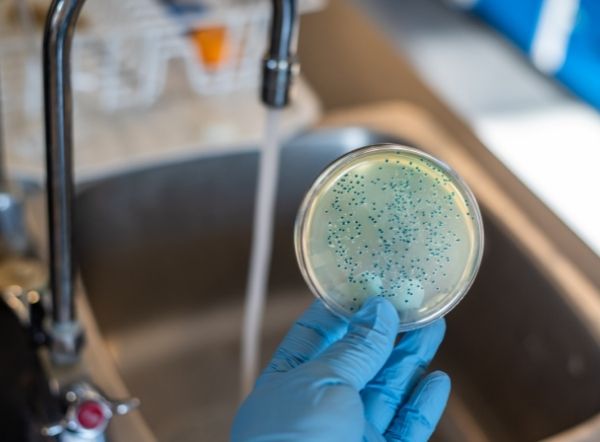
The 3 Categories Of Water Quality
Further to parameters that decide water quality issues, there are 3 categories of water quality. Each category is meant for a unique type of water usage. They are as follows:
- Water Quality for Human Consumption
- Water Quality for Industrial and Domestic Use
- Environmental Water Quality
Which is to say that water that is safe for industrial or domestic use may not always be safe for human consumption. This is important to understand if you are testing your water quality for a commercial property.
3 Ways To Test The Water Quality at Home
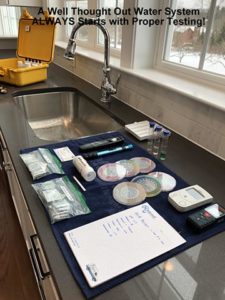
Water quality is measured by home kits or laboratory methods. You can perform these tests with the help of a Maryland water company. Lab testing measures several parameters and provides highly accurate results. However, it takes a long time and involves expenses.
An easier way to go about water quality testing is by using home test kits. Home kit tests provide rapid results which are less accurate in nature. However, in most cases, these tests suffice. You can always test at home and then contact a water company to confirm the results.
With in-home kit tests, there are three different methods to test the water quality:
1. Test Strips
If you are looking for a cheap method to measure water quality, go for test strips. These are paper strips with squares that change color when dipped in water. The color change depends on the presence of the parameter being tested, and its concentration. Test strips inspect parameters such as the pH, hardness, TDS of the water. They also check concentrations of chemical cleansers, nitrates, etc.
Depending on which kit you buy, you will be able to measure a single or multiple parameters on one strip. The process is simple. Dip the strip in water and then wait for the specified amount of time. Once done, compare the changed color of the square with the ones given on a color chart that comes with the kit.
2. Color Disks
Color disks test only one parameter at a go. Add the water sample mixed with the given liquid or powder reagent to a plastic container. Put the container in the small viewing box and rotate it till the color of the water sample matches that on the disk. This will give you the measurement of concentration as mentioned on the disk.
3. Digital Instruments
These are handheld electronic devices which are not disposable. While expensive, they are a more accurate way of water quality testing.
This is because they use light wavelengths absorbed by the water material to provide results. They can thus measure dozens of chemical and physical properties of the water.
Contact Our Water Company Today for Water Testing
We are a Maryland water company that offers quality water testing solutions customized to your area’s needs. Reach out to discuss water quality testing and solutions with our experts.
